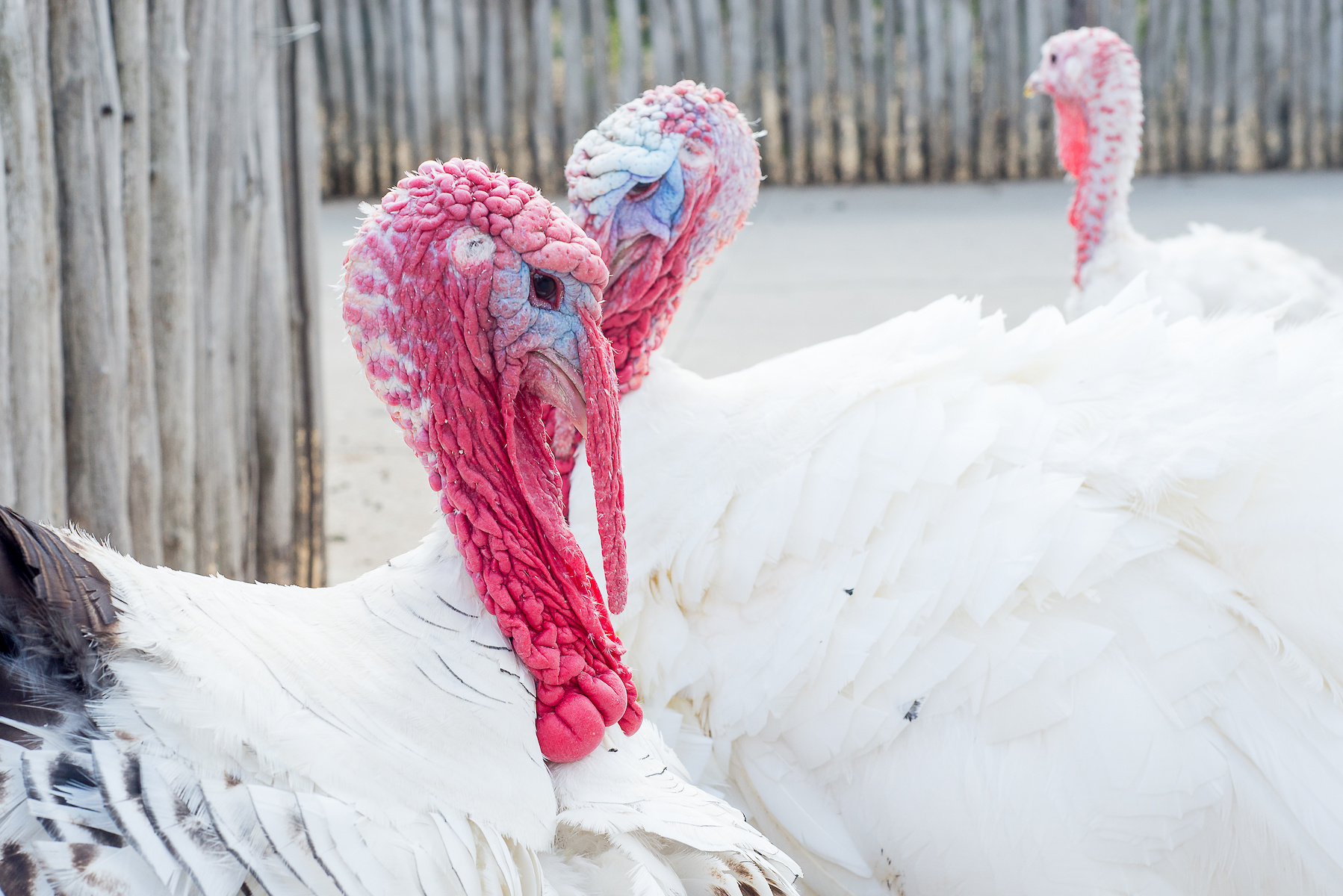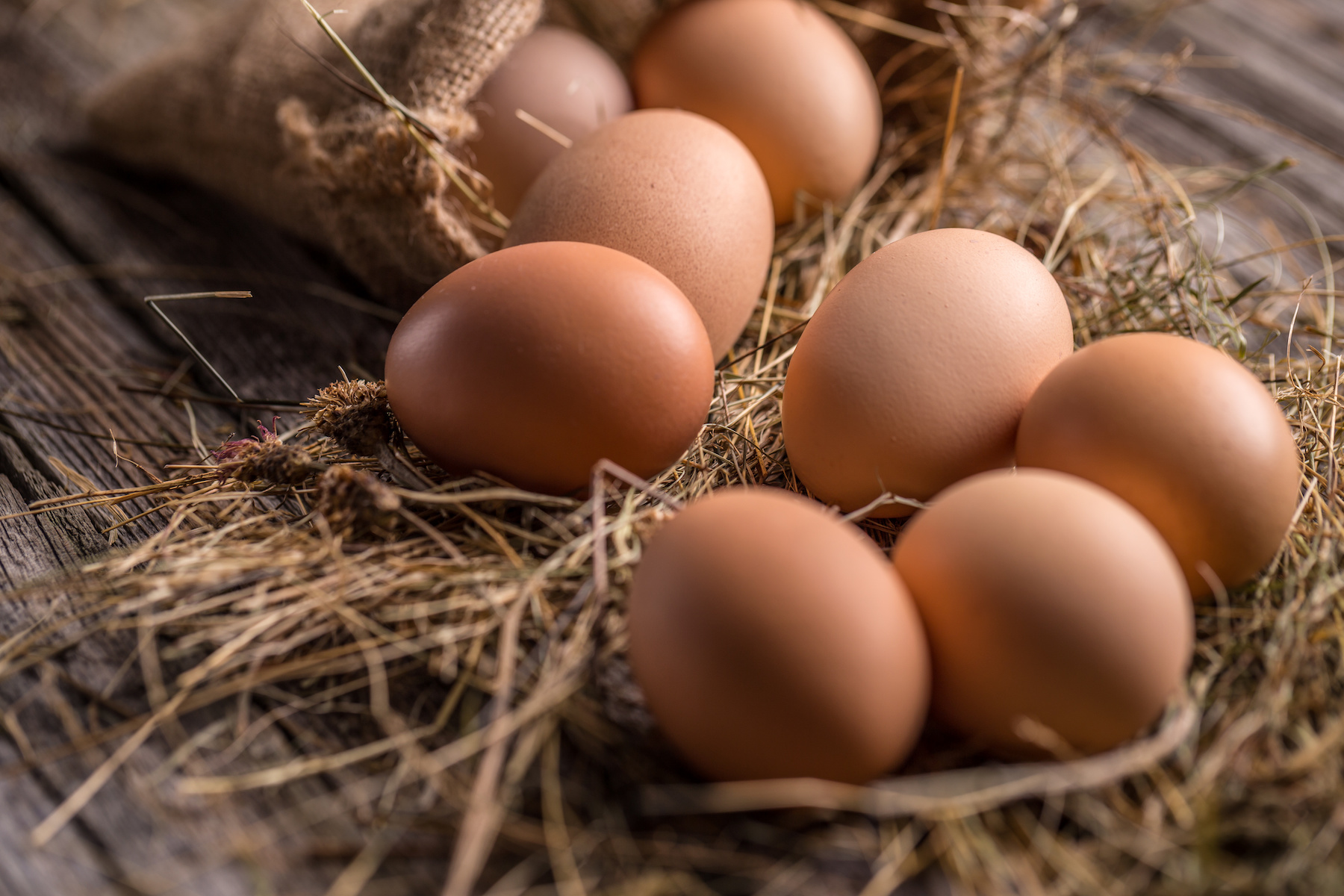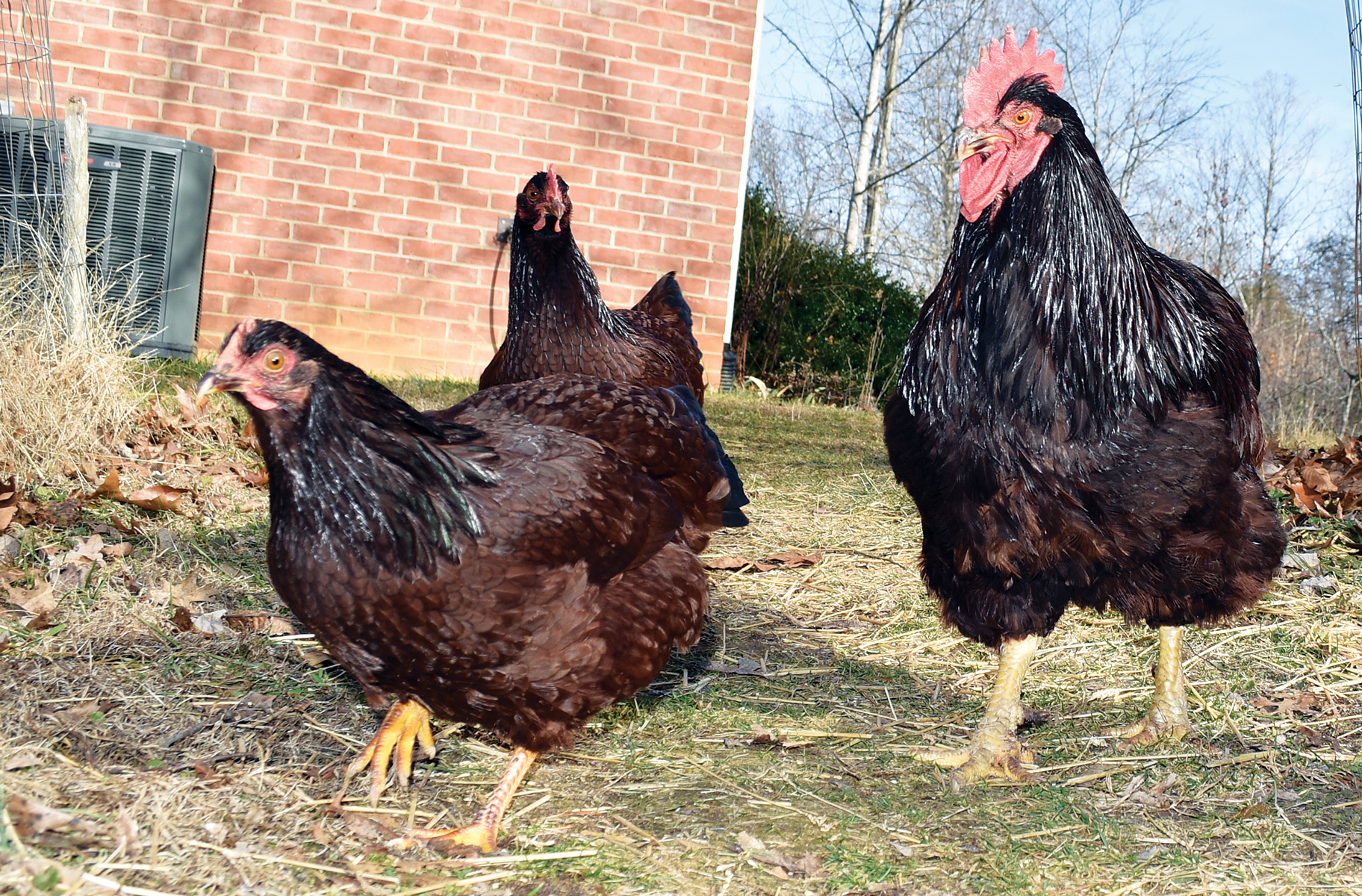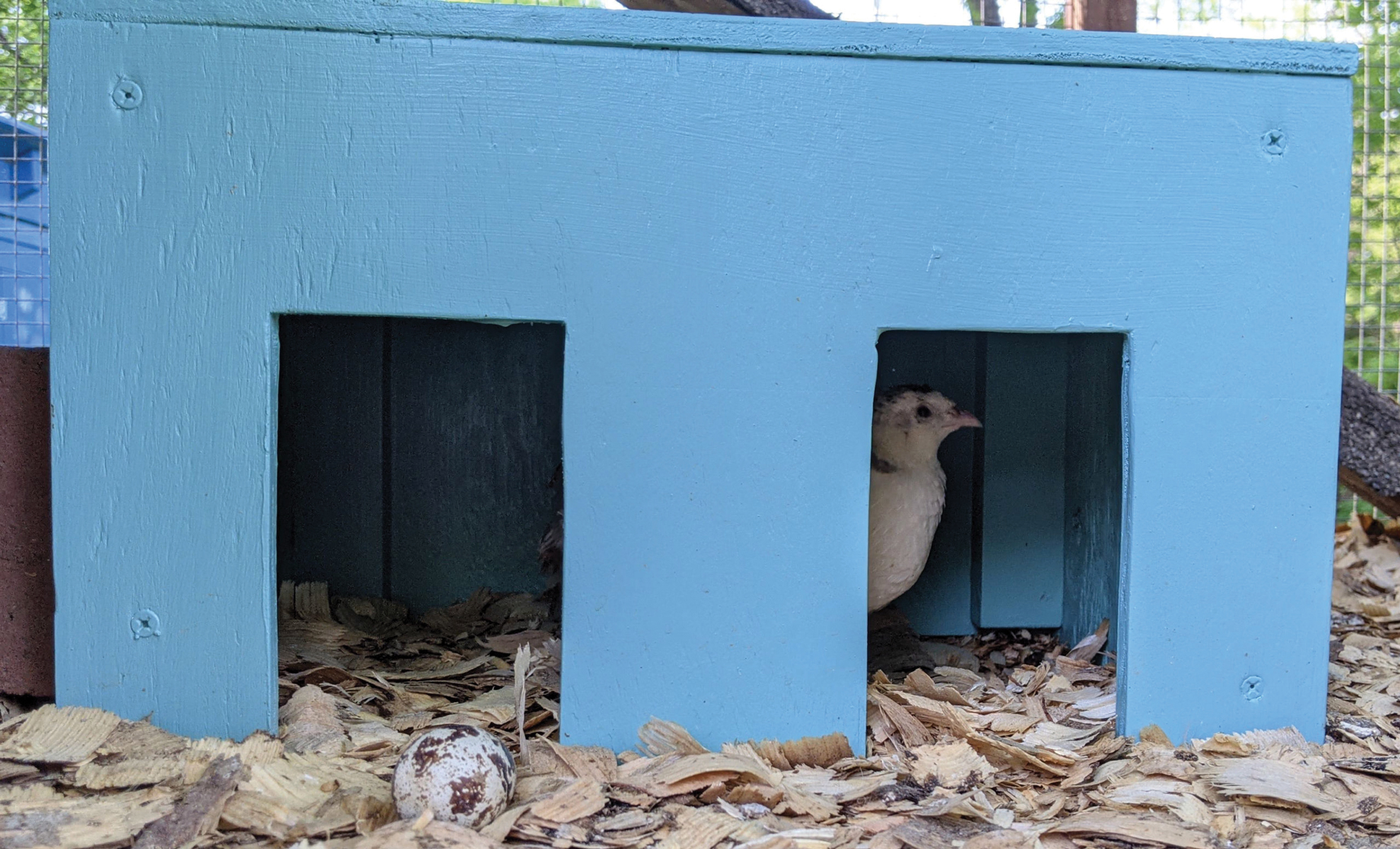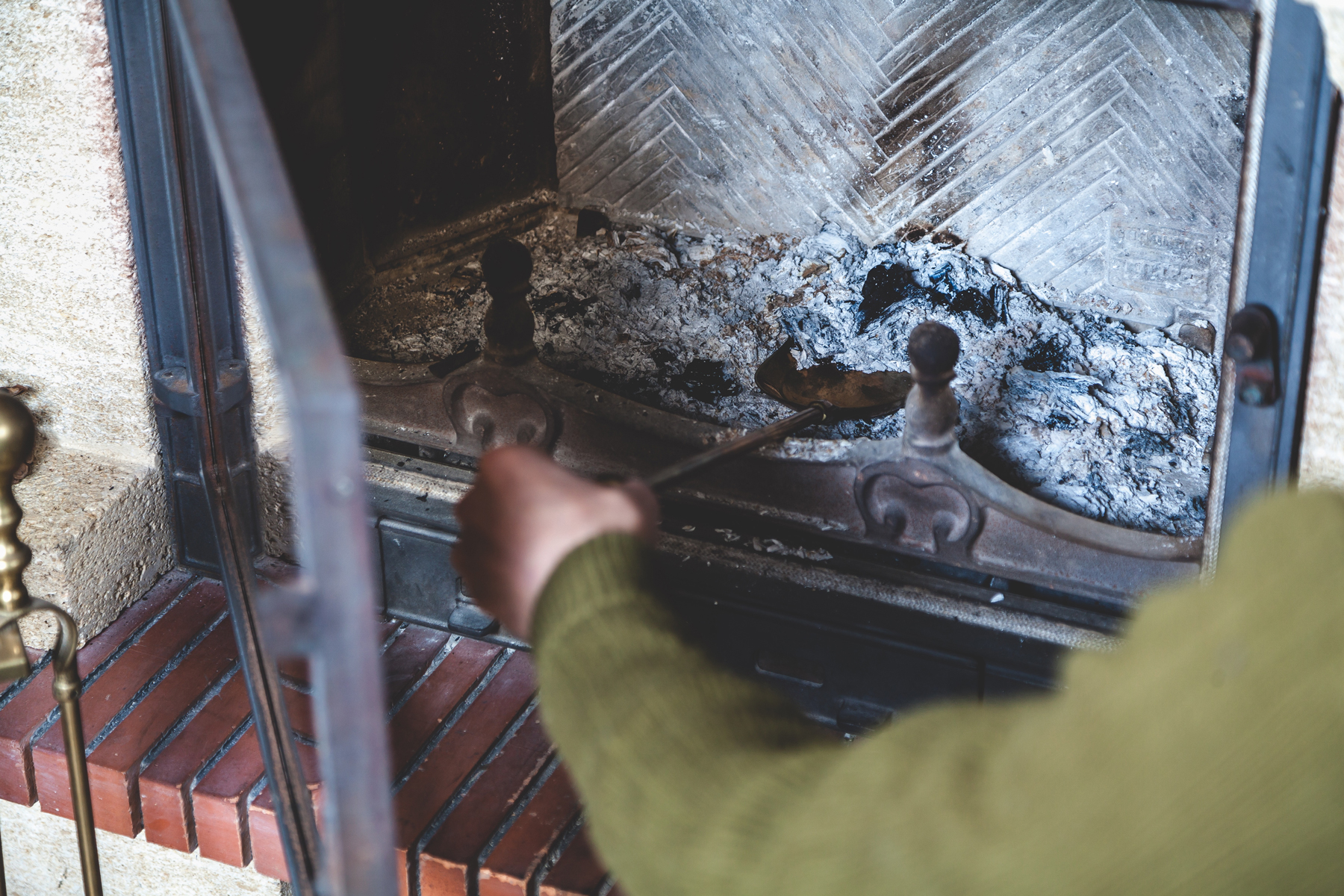Learn which Winter chickens to keep by examining your flock with an eye for chicken culling to remove the hens and roosters that contribute the least.
A flock’s laying slows naturally as fall approaches, with molting soon to follow, and this is a good time to learn how to cull a chicken, or groups of chickens, in a way that creates the best possible flock. Chicken culling may involve difficult decisions for those of us who raise small flocks, but we should force ourselves to look logically at our birds and decide which to keep and which to cull so we don’t have to feed all of them all winter. I like to refer to the keepers as MVCs (“most valuable chickens”).
Keeper No. 1: Broody Hen

The type of chicken you’ll most want to keep through cold weather is the hen that goes broody every year. My wife, Elaine, and I raise heritage chicken breeds, Rhode Island Reds, maintaining two separate runs for nine adult hens. Among them are two proven broodies, 5-year-old Mary and 2-year-old Charlotte. Mary has gone broody a total of five times — twice in one year! — while Charlotte has become broody twice.
As for when to butcher laying hens, we normally cull hens in the fall of their third year. However, Mary and Charlotte excel at rearing young and are persistent when sitting on eggs. Last April, Mary and Charlotte both went broody at the same time with eggs fertilized by our rooster Don, who was then 5 years old.

After 25 days, though, it was clear the eggs wouldn’t hatch and that Don’s mating abilities had seen better days. So, we placed eggs fertilized by our virile then-2-year-old roo Friday under the duo, and they continued sitting another 21 days until the eggs hatched. Many hens don’t possess this degree of dedication. For example, another of our females, Daisy, brooded her eggs for 20 days and then abandoned the nest just as the eggs were about to hatch — too late to save them, even though we placed the eggs in an incubator the next day. Daisy became Sunday lunch the fall of her third year.
Keeper No. 2: Virile Roo

The manly but gentle cock ranks a close second among MVCs. The aforementioned Don met that criteria for many years. He was one of a dozen 2-day-old chicks that arrived through the mail. By the time he was a 12-week-old cockerel, he’d intimidated five fellow young roos into abject submission. One look from Don ended all potential insurrections.
Although dominance among his peers was impressive enough, Don’s shepherding of his hens — and they were unquestionably his hens — proved even more notable. As alpha male, he fiercely and famously stood his ground several times against hawk attacks. It’s true that netting over the run kept the red-tails from entering, but our brave boy’s brain didn’t comprehend that. His hens were in danger, and he was willing to die fighting for them. Don’s nonstop crowing and alarm notes kept the raptors at bay until I arrived and scared them away.

Although Don displays a fierce side toward predators, he’s always acted like the perfect gentleman to Elaine and me. He tolerates our picking him up and has never tried to peck or attack us. Many chicken owners complain about aggressive roosters, but I’d describe both Don and Friday as “submissively aloof” toward us.
Don has proved his worth as the no-nonsense, benevolent dictator of his harem. He once mated two dozen times daily, but he never physically harassed a hen that rejected his advances. He merely moved on to another female. Even at the advanced age of 6, with his thoughts mainly turned to eating and general loafing, Don remains a dedicated protector of our daughter’s flock across the hollow.
Keeper No. 3: Consistent Layer
A hen that consistently lays three or four eggs weekly is a source of joy to any backyard chicken fancier. But not all hens have this ability, whether due to genetics, general health, or some other factor. The latter should be among the first to go when you’re learning how to cull a chicken to build the best flock before winter strikes.
Early in our chicken-rearing career, Elaine and I decided we needed a system for knowing whether our birds were good layers. To aid us in record keeping, we place differently colored leg bands on our chooks as soon as they become 16-week-old pullets. One week during spring and another during summer, we intensely monitor which hens lay and which don’t, and we keep detailed records.
This method works well if you manage a smaller flock or separate runs, as we do. Most packets of chicken leg rings include four or five colors, so folks with large numbers of hens should consider a two-band system. In this scenario, if you have four 1-year-old hens, you’d put a white band on their right legs to indicate their age, and then band each of the four with a differently colored band on its left leg. This information would then be recorded so you could later correlate it with records on their laying and other behavior.
For example, one spring, super-brooding hen Mary hatched three pullets: Lucy (red band), Ethyl (yellow band), and Six (white band). Because of our close observations and records, we knew Ethyl was never a good layer; she was the first to go when we engaged in chicken culling. We dispatched Lucy at the standard time, in the fall of her third year. Six will see a fourth summer, because she still lays 2 to 3 eggs weekly.
We gain no pleasure in culling chickens we’ve named, cherished, and cared for over the course of several years. But we decided from the beginning of our chicken raising that we’d not run a retirement home for old birds, and that meant accepting that we’d have to learn how to cull a chicken. Before I dispatch one, I always sincerely say, “Thanks for your service.” Their final act of service is to supply us with food.
Keeper No. 4: Gamma Personality
An alpha hen demands the perquisites of her position, including the right to feed first and to maintain her preferred roosting site. But for a flock to function well, the rest of the hens need to know their place as gamma females.

In human society, the gamma female personality is independent, friendly, well-adjusted, and enjoys being part of a group. Gammas are also exactly the type of hen you want in your backyard flock.
Gamma hens are low-maintenance. Besides being excellent brooders and mothers, Mary and Charlotte shine at being gammas. For three months out of every year, they’re brooding eggs and raising chicks. For the rest of the year, they go about the daily business of eating, egg laying, dusting, loafing, and foraging. If squabbles break out, these two aren’t the cause.
Keeping Roosters with Laying Hens: How Many Hens per Rooster?
Every year, I hear from chicken enthusiasts with excess cockerels that have grown large, harass pullets, and generally wreak havoc in the run with nonstop fighting. These exchanges usually go something like this:
“What should I do with my extra boys?” they ask.
“Eat them,” I write.
“Oh, no, I couldn’t do that. They’re such good boys.”
“You’ll regret keeping them.”
“I think I’ll wait a few more weeks to see what happens.”
If you’re keeping roosters with your laying hens, waiting a few weeks for testosterone-charged cockerels to simmer down is an exercise in futility. Elaine and I intently start studying chicks when they reach about 2 weeks of age.
We observe which cockerels are the most aggressive toward their fellow males, with the goal of keeping the single biggest, strongest fellow for the betterment of the flock. Once we’ve selected the future alpha male, we slip a leg band on him to tell him apart from his flock mates. We continue to observe his behavior to ensure he doesn’t attack pullets. Chest bumping is fine and normal, but hardcore harassment isn’t.
We begin culling the other cockerels when they’re 8 to 9 weeks old. Some chicken raisers recommend putting off processing your backyard chickens until roos have more meat on them, at about 12 weeks. In our opinion, though, an extra few ounces of meat aren’t worth the cost of feeding birds or dealing with numerous jousting cockerels. And how many hens per rooster is best? Our run settles down quite nicely when it consists of the mother hen, four or five young pullets, and just one cockerel.
We’ve sometimes made a mistake when selecting the cockerel to keep. Little Jerry, our first flock’s leader, is the best example. Jerry was clearly the alpha male and the obvious choice to keep. But he became a terror by the time he’d turned 2, chasing and attacking Elaine every time she tried to gather eggs. Jerry was less aggressive toward me, limiting himself to bluff charges. We tried various behavioral modifications, such as bending Jerry’s head when we picked him up, but nothing worked. So, one morning before dawn, I took Jerry from his roost and dispatched him.
For Elaine and me, the ideal flock for our two runs includes a brave, even-tempered rooster leader, one broody hen per run, and a gang of hens between 1 and 3 years old. We encourage you to strive for a similar flock distribution in your runs before heading into winter.
Bruce Ingram is a freelance writer and photographer. He and wife Elaine are the co-authors of Living the Locavore Lifestyle, a book about living off the land. Get in touch with them at BruceIngramOutdoors@gmail.com.
